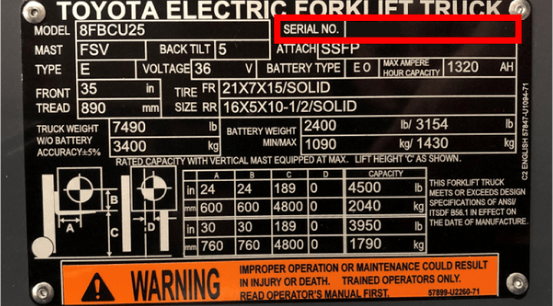Opportunity Charging Benefits in the Warehouse

Being in a warehouse, and running forklifts through multiple shifts a day can be an extremely taxing job. You need to take time to charge and let them cool down, which in busy operations can be difficult. Now, with the emergence of lithium-ion batteries, opportunity charging is becoming more popular. But what is it?
What is Opportunity Charging?
Opportunity charging is available for forklifts with lithium-ion batteries and lead-acid batteries but is much better suited for LiB. With this method, the batteries can stay in the truck for multiple shifts while being charged. It also takes advantage of breaks to charge the forklift. This means, when your employees are on lunch, taking a break, or switching shifts, the forklift can be plugged in and charged. When the operator returns, the forklift will have enough juice until the next charging opportunity. While opportunity charging is still available for lead-acid batteries, it can have some negative side effects, such as shortened battery life, and increased maintenance requirements. Whereas lithium-ion batteries, it can actually extend the overall life, and there is no need for increased battery maintenance.
What type of Warehouses Utilize Opportunity Charging?
While opportunity charging is best used for multi-shift warehouses, you can schedule a warehouse consultation with your Toyota Forklift dealer to see if it would be beneficial for your business. But in a single shift cycle, you have plenty of time to allow the forklifts to charge when the shift is over. In a multi-shift cycle, you don’t have the benefit of time, so opportunity charging can be extremely helpful in reducing downtime.
Considerations for Opportunity Charging
Now that you know the basics of opportunity charging, you might be open to the idea. But before you can move any further, make sure you take these things into consideration:
- Will your operation benefit from opportunity charging?
- As we talked about before, opportunity charging is typically for multi-shift operations. See how much time passes between each shift break and if you find that some forklifts have downtime while you wait for them to charge, opportunity charging may be beneficial.
- What kind of charging stations do you have?
- Opportunity charging does require a specific charging station, so you won’t be able to use the same charging station as you used for your lead-acid batteries. This is an initial investment that your company will need to consider before they make a decision.
- Contact a warehouse consultation if you have any doubts!
- A Toyota Forklift Dealer can be an excellent resource if you’re thinking about changing to lithium-ion batteries and opportunity charging. They will be able to help you understand if your business needs to make a change, as well as the proper location and process for when the changes are made.
Keep in mind, opportunity charging won’t work for every operation. Make sure you take the time to research and talk to the experts at your Toyota Forklift Dealer. When used correctly, opportunity charging can be used to reduce downtime and keep your operation moving.


